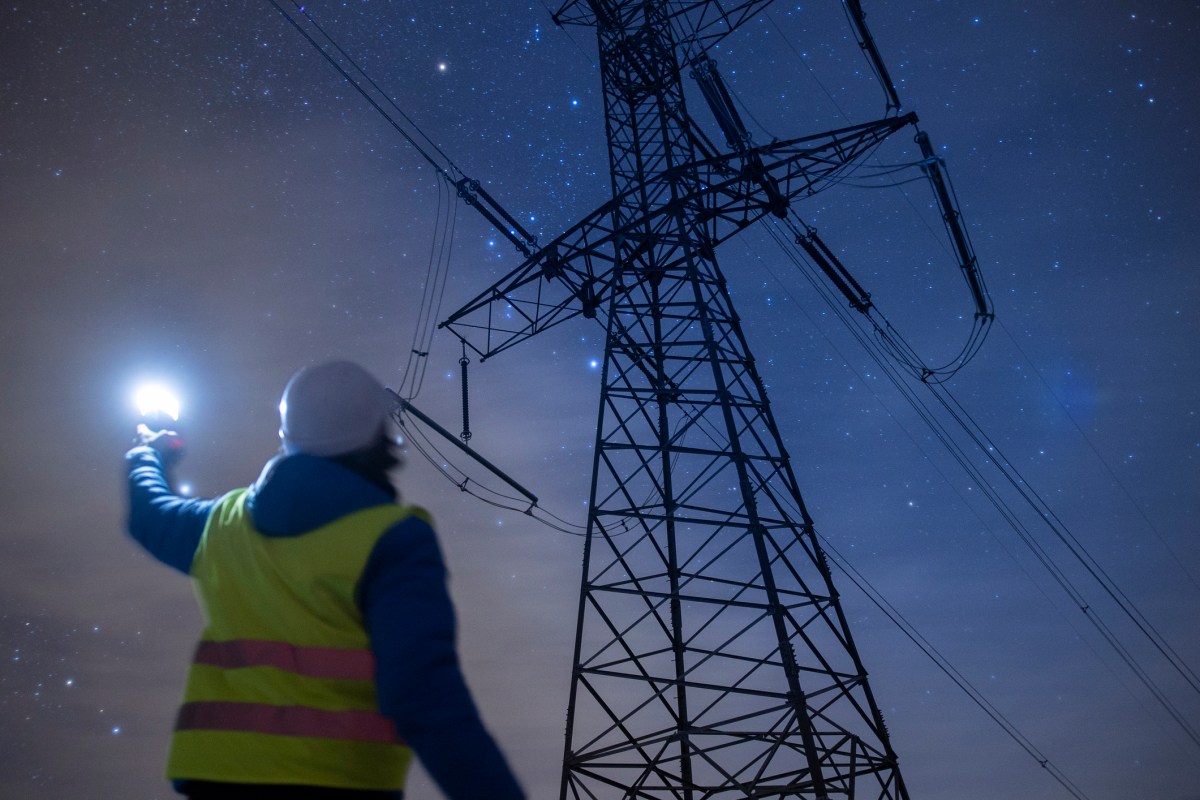Nvidia introduced Thursday it’s partnering with EPRI, an influence trade R&D group, to make use of AI to unravel issues dealing with {the electrical} grid. Maybe mockingly, the problems are largely brought on by rising energy demand from AI itself.
The Open Energy AI Consortium, which incorporates a variety of electrical utilities and tech corporations, says it should use what are referred to as domain-specific AI fashions to plot new methods to sort out issues that the ability trade is predicted to face within the coming years. The fashions will probably be open sourced and accessible to researchers throughout academia and trade.
The ability trade is dealing with surging demand from information facilities in the US and elsewhere as AI ramps up the necessity for computing energy. Electrical energy demand is predicted to develop by 4% yearly within the coming years, in accordance to the Worldwide Vitality Company, almost double over 2023 figures.
Along with Nvidia and EPRI, the consortium contains PG&E, Con Edison, Constellation Vitality, Duke Vitality, the Tennessee Valley Authority, and ENOWA, NEOM’s vitality and water firm. On the tech aspect, Microsoft and Oracle are each members.
In an try to remain forward of the pattern, tech corporations have been racing to safe producing capability as energy has reworked from a easy line merchandise to a aggressive benefit.
Over the past 12 months or so, tech corporations have been persistently inking new contracts. They’ve largely been unfold throughout renewable vitality initiatives, spurred largely by photo voltaic’s low price, modularity, and the velocity at which it may be deployed.
Microsoft, for instance, lately added 475 megawatts of solar energy to its sizable renewable portfolio. Final 12 months, it turned an anchor investor in a $9 billion renewable growth undertaking run by Acadia, and earlier within the 12 months it stated it was working with Brookfield asset administration to deploy 10.5 gigawatts of renewable energy within the U.S. and Europe, all of which is predicted to return on-line by 2030.
Techcrunch occasion
San Francisco
|
October 27-29, 2025
However although new energy sources could also be the obvious reply to dropping energy shortages, they aren’t the one one.
One current research discovered that by curbing use when demand on the grid peaks, together with shifting duties that aren’t time delicate to durations when demand is low, an extra 76 GB of capability may very well be unlocked within the U.S. It’s a not insignificant quantity, making up roughly 10% of peak demand within the U.S.
It’s probably these are the types of options, amongst others, that this new consortium will probably be exploring.

